The Cycle to Work Scheme is a great way for cyclists working in the UK to save at least 32 per cent on the cost of a bike and cycling equipment.
It’s been used by more than 1.6 million commuters working for 40,000 different employers since it was introduced by the government in 1999 to promote “healthier journeys to work and reduce environmental pollution”.
In this guide, we’ll look at how the scheme works and whether you’re eligible to buy a bike tax-free to cycle to work.
What is the Cycle to Work scheme?
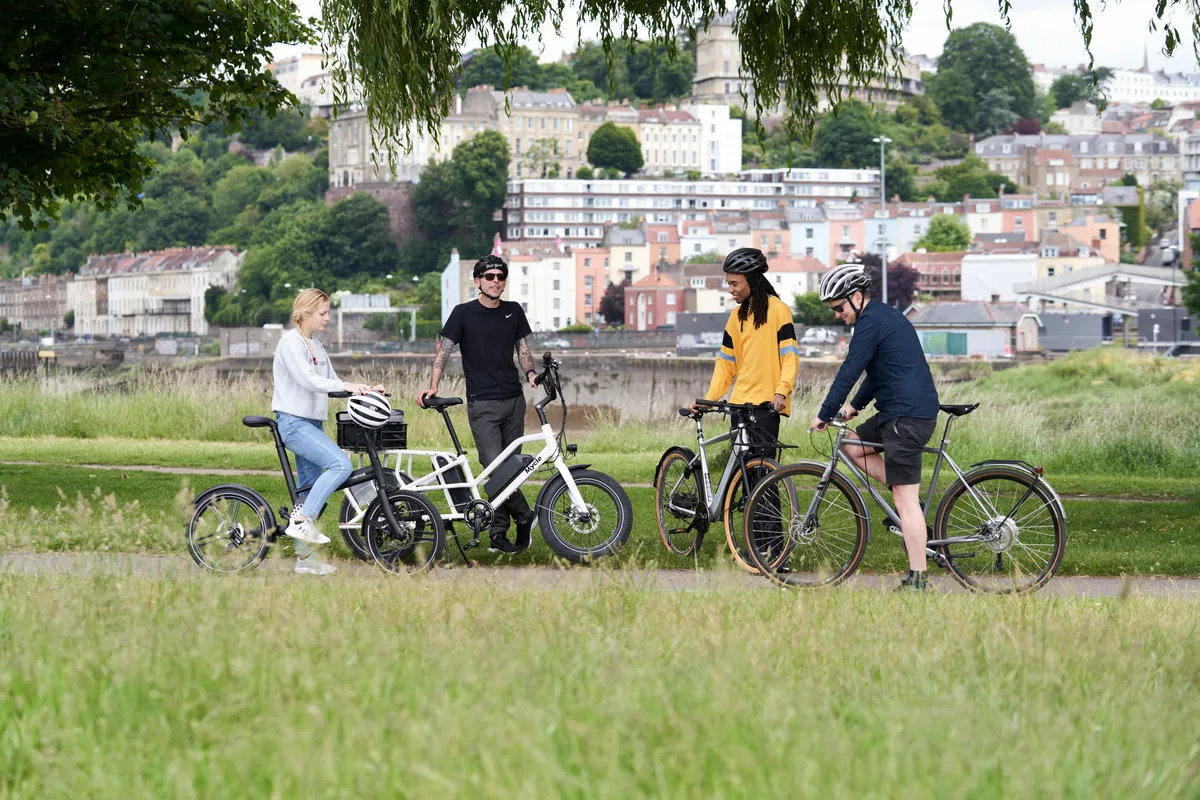
The Cycle to Work Scheme is an employee benefit scheme set up by the government in 1999 that enables employers to ‘hire’ bikes and safety equipment to employees through salary sacrifice.
The aim of the scheme is to get more people to commute to work by bike, promoting exercise while reducing pollution.
How does the Cycle to Work scheme work?

In theory, your employer buys a bike for you to ride to work on while you effectively ‘hire’ it through salary sacrifice, allowing you to save money by not paying tax and National Insurance contributions on the monthly fee – much like a company car.
At the end of the ‘hire’ period, you will usually be able to buy the bike from your employer for a nominal fee.
In other words, the salary sacrifice is made from your gross salary, not your net salary.
At the beginning of the scheme, you will be given a voucher or a ‘Letter of Collection’ number that you can redeem at your local bike shop or enter online.
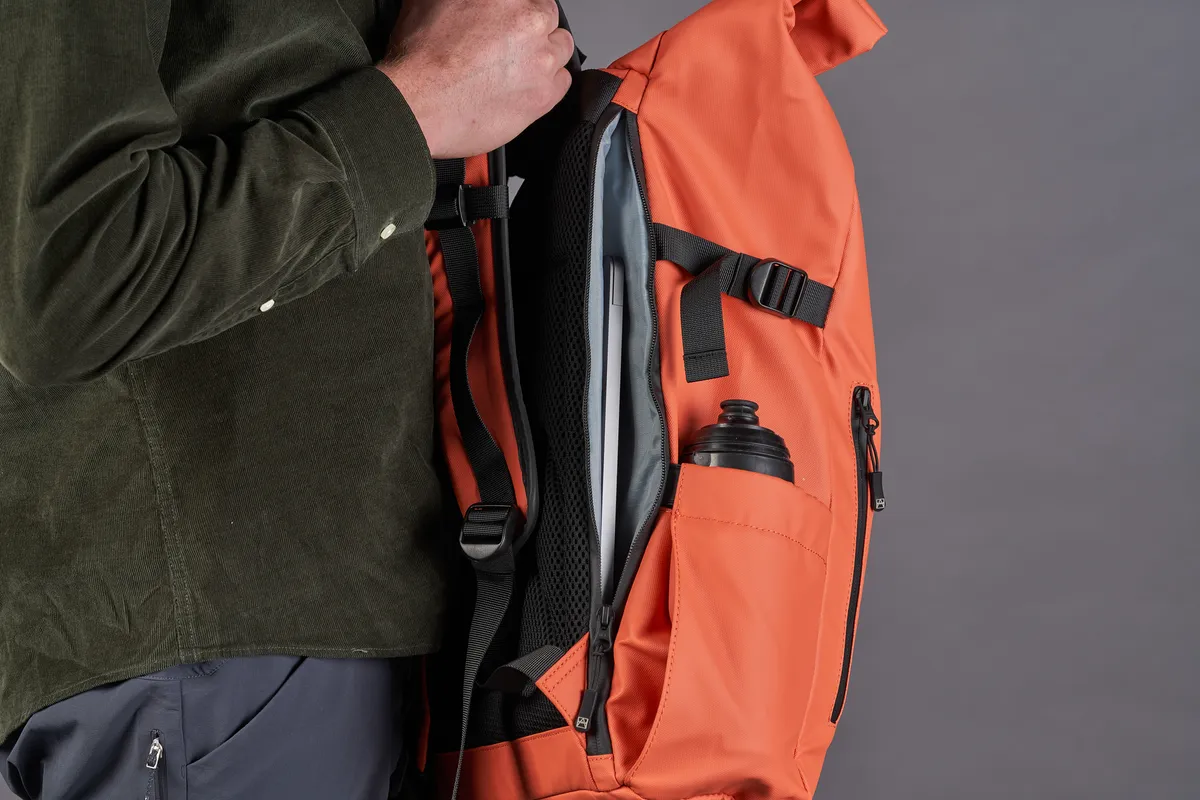
Because the scheme was set up with the intention of getting more people cycling to work, rather than leisure riding, your employer remains the owner of the bike once you finish the hire period.
While it’s common knowledge that in practice the employee is ‘buying’ the bike, that isn’t legally the case until the salary sacrifice ends and the employer ‘sells’ the now heavily depreciated equipment to the employee.
There is also a benefit to the employer, because they will make savings on National Insurance contributions for each employee who enters into the scheme.
Is there a price limit for the Cycle to Work Scheme?

When the Cycle to Work Scheme first started, there was a price limit of £1,000 because many of the providers were not regulated by the Financial Conduct Authority (FCA).
These days, most providers are FCA-regulated, meaning the limit is at your employer's discretion, with many opting to have no limit in place.
Some employers may still have a set limit of £1,000, £2,000 or £5,000, including safety equipment because this reduces administrative costs.
Do I own the bike at the end of the Cycle to Work scheme?

Because you have technically hired the bike from the scheme for the length of your agreement, you are left with a few options at the end of it:
- Enter into a new agreement, paying a small deposit to rehire the bike
- Buy the bike from the scheme
- Give the bike back
Under HMRC rules, when buying the bike back at the end of the term you need to make a one-off payment to the scheme provider.
This will depend on the initial value of the bike and how long you’ve been using it.
Here’s a table of the minimum value HMRC places on a used bike of different ages:
| Age of bike | If original price is less than £500 | If original price is over £500 |
|---|---|---|
| 1 year | 18% | 25% |
| 4 years | 3% | 7% |
| 6 years or more | 0% | 0% |
Providers won’t usually extend the agreement beyond a specified term. Even if you keep the bike until it’s worth zero, you’ll probably have to make a nominal payment to the provider to assume ownership.
How does the Cycle to Work scheme work if you leave your job?

If you leave your employer while the initial Cycle to Work salary sacrifice agreement is still in force, you’ll need to pay off the balance and usually the depreciated value of the bike too, if you want to keep it. You have the option to give it back to your ex-employer too.
Depending on your scheme provider, you may be able to transfer your agreement to your new place of work.
What are the rules of the Cycle to Work scheme?
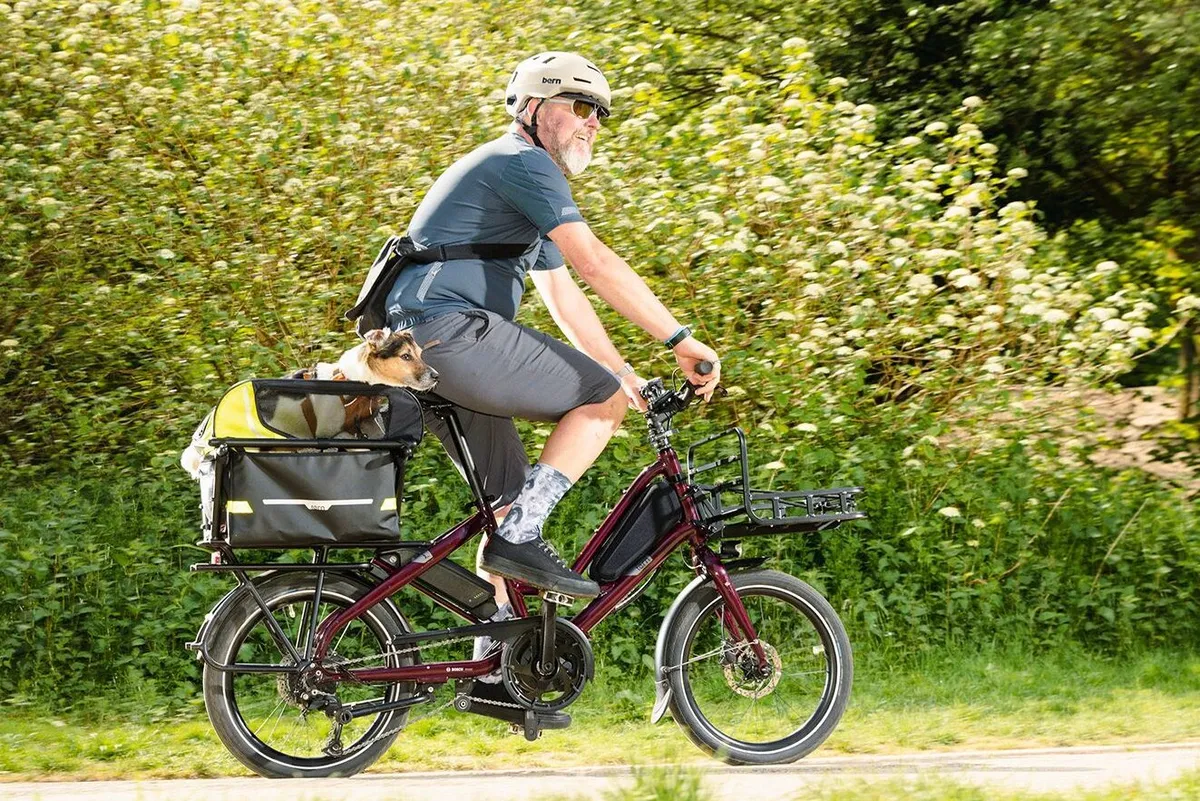
While it’s unlikely you’ll have HMRC stalking your Strava in search of your daily commute, the government states that 50 per cent of a bike's use must be made up of ‘qualifying journeys’, such as commuting to work.
How this is enforced remains unclear, but there is no scrutiny over the type of bike you buy. This means you could, for example, choose one of the best enduro bikes to ride to work – and use it every weekend.
The Cycle to Work scheme does restrict which accessories you can buy. Bike computers and power meters are not covered, for example. But commuting essentials, including lights and mudguards, are.
Cycle to Work scheme for the self-employed
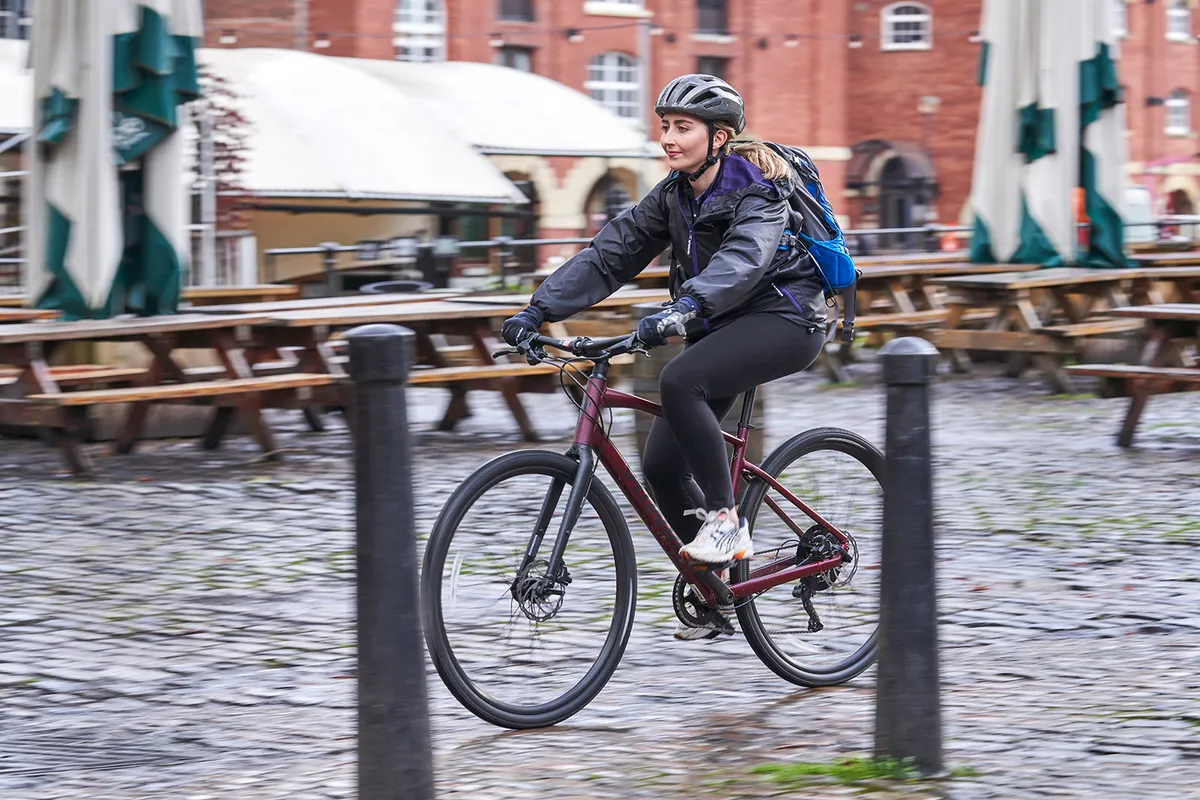
To take part in the Cycle to Work scheme you need to receive a salary through the Pay-As-You-Earn (PAYE) system.
The scheme allows you to sign up as an employer and an employee, meaning directors of single-person limited businesses can join the scheme.
Your PAYE salary needs to be above the National Minimum Wage after the salary sacrifice for the bike has been taken out to qualify for the Cycle to Work scheme.
You cannot participate in the Cycle to Work scheme if you are a sole trader because you will be paying tax and National Insurance once a year through a Self Assessment tax return.
You can however claim the tax back on any bike bought for work purposes.
Can I buy an electric bike on the Cycle to Work scheme?
As there is no scrutiny on what bike you choose, you could decide to ‘hire’ an electric bike for the duration of your agreement to help you up the hill to the office or shuttle you to the top of the trail at the weekend.
How much money does the Cycle to Work scheme save?
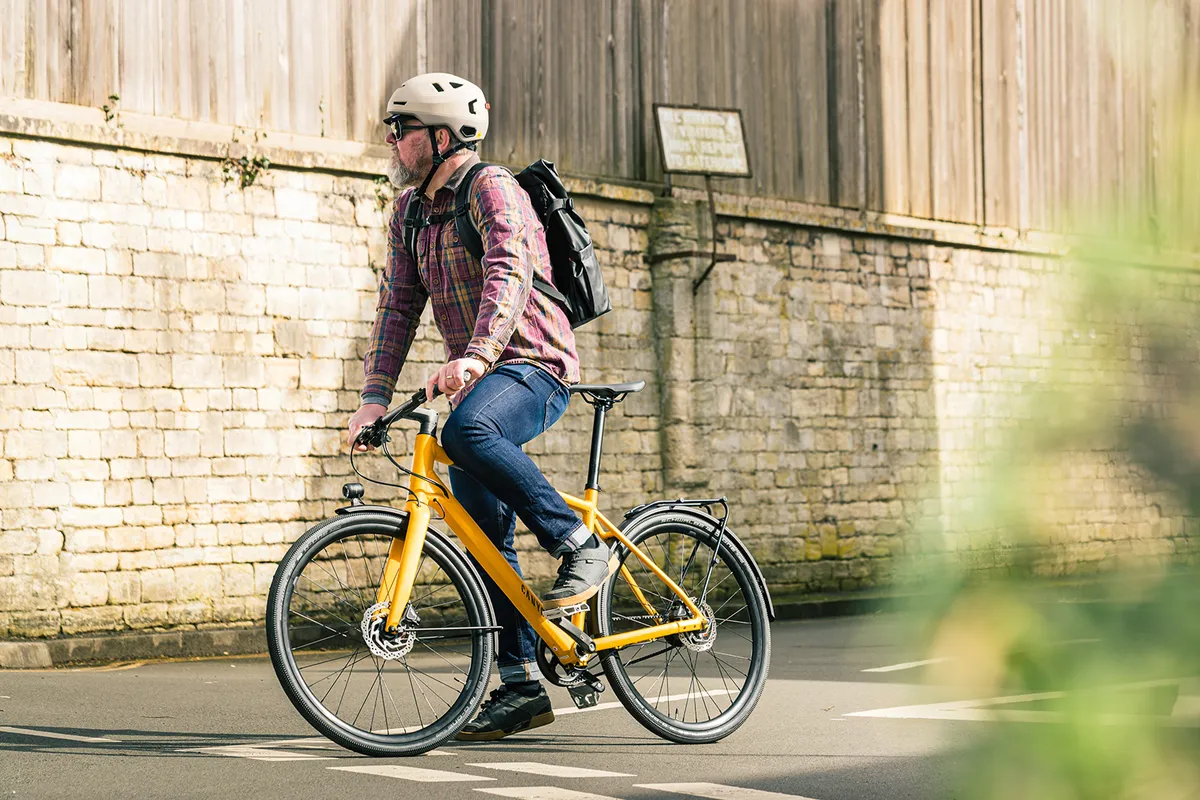
The amount you save will depend on your tax bracket, and the value of the bike and kit you buy.
Because your monthly payments for the bike will reduce your gross salary, you’ll save the tax and National Insurance contributions you’d pay on that part of your pay packet over the term of the Cycle to Work agreement.
If you are a basic rate tax-payer, that amount will be 32 per cent of the purchase price, broken down as 20 per cent from the tax savings and 12 per cent from National Insurance.
For a higher-rate tax-payer that increases to 42 per cent, with 40 per cent from tax and 2 per cent from National Insurance.
You’ll see a saving of 47 per cent if you pay the additional tax rate that kicks in after £150,000.
If you’re a top-rate tax-payer in Scotland then you can see savings of 49 per cent.
Cycle to Work scheme calculator

Here’s a table of typical savings for a bike purchase on a Cycle to Work scheme:
| Salary | £25,000 | £60,000 |
|---|---|---|
| Cost price of bike plus accessories | £1,000 | £1,000 |
| Rate of tax plus NICs | 32% | 42% |
| Net cost of bike plus accessories | £680 | £580 |
| Saving on cost of bike plus accessories | £320 | £420 |
| Net salary deduction over 12 months | £56.67 | £48.33 |
If you have the price of the bike you’re looking for and know your gross salary, then online calculators such as that on the Green Commute Initiative’s website will work out the indicative numbers.
Reducing your gross salary might impact other benefits, such as statutory sick pay and the size of your pension pot, so make sure to check these out before committing to the agreement.
You can’t take on payments that reduce your salary below the minimum wage, plus you should consider insuring your bike because if it is stolen you will still be liable for the payments.
Is the Cycle to Work scheme worth it?
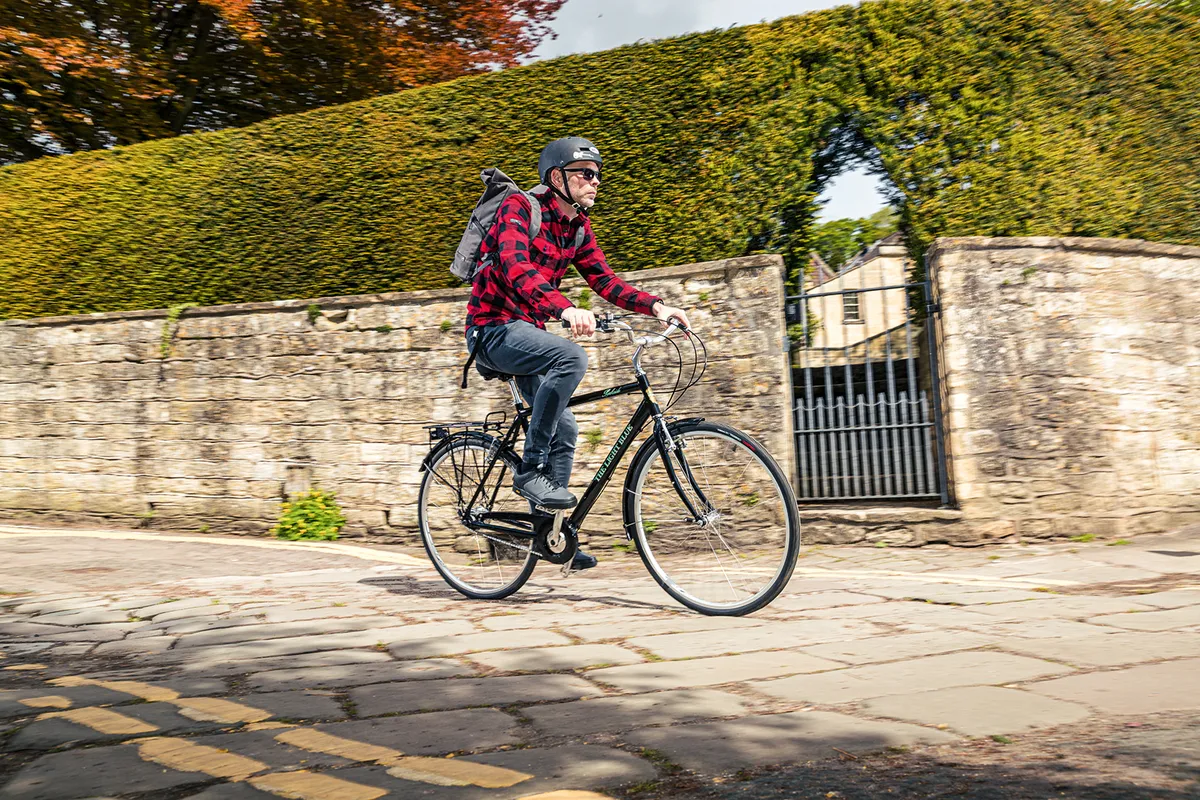
If you’re in the market for a new bike, buying it through the Cycle to Work scheme can be a good way to save money through cycling and spread the cost of the purchase over the duration of the agreement.
Depending on your personal circumstances, and how generous your employer is with the price limit, the Cycle to Work scheme can offer some serious savings on new bikes.
What are the benefits of the Cycle to Work scheme?

Apart from the obvious cost savings associated with the scheme, the ability to pay for the bike over a period of time shouldn’t be overlooked because it enables you to effectively take out an interest-free loan on the purchase of the bike.
While the scheme is aimed towards commuting, there is no control over what bike you can ‘hire’, meaning you have a full range of options including hybrid bikes, road bikes and mountain bikes.
There is also the benefit of knowing you’re effectively spending tax-payer money on recording faster segment times on your new road bike or shredding the good stuff on your new mountain bike.
What Cycle to Work schemes are available?
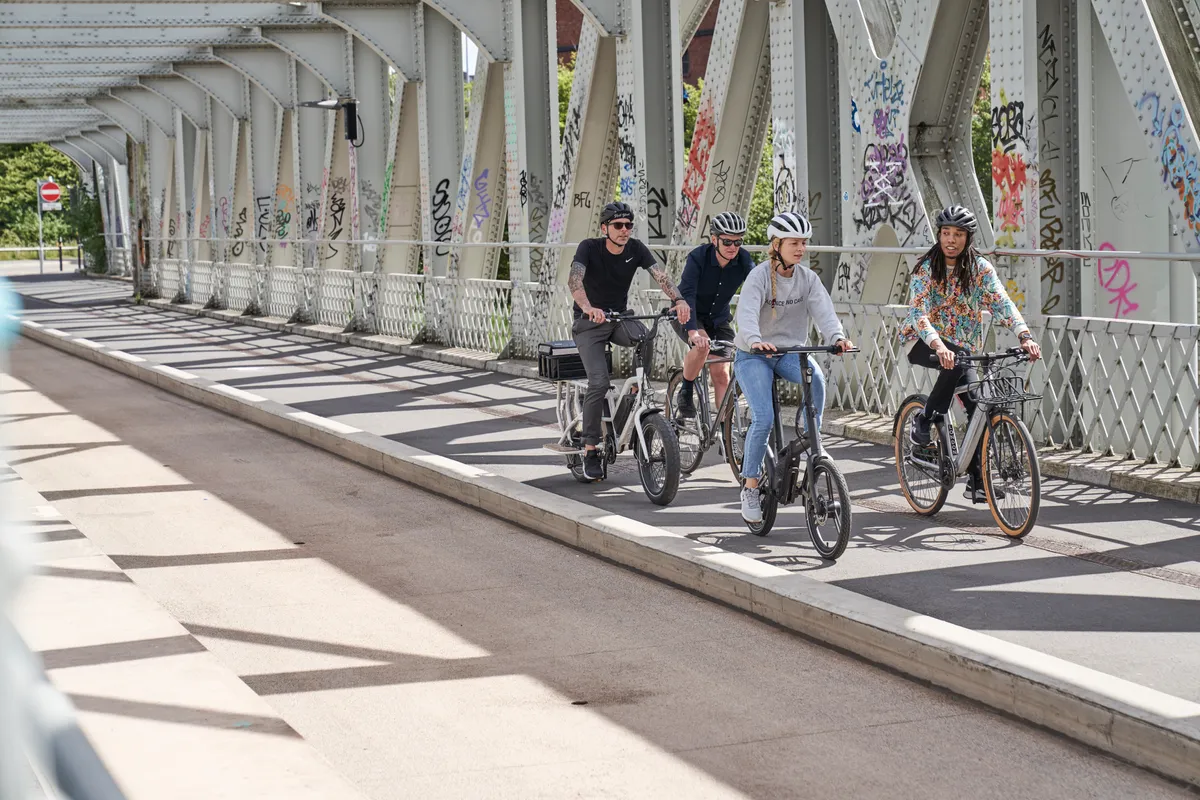
| Cyclescheme | GCI | Cycle2Work | Bike2Work | Cycle Solutions | |
|---|---|---|---|---|---|
| Where can it be used? | Accepted in over 2,600 partnered shops with exclusive rights to Canyon | Accepted in over 1,300 partnered shops | Accepted in Halfords and Tredz, but can be redeemed on behalf of Halfords by some bike shops | Accepted in over 2,200 partnered shops | Accepted in 1,250 shops and the scheme's online store |
| Hire period | Up to 36 months | Up to 60 months | Up to 18 months | 12 months | Up to 18 months |
| Purchase option | Own it after 4 years by paying a 3 or 7 percent deposit at the start of agreement, or buy after 12 months at HMRC's 18 to 25 per cent Fair Market Value price | Pay a nominal £1 fee at the end of extended hire, or buy after 12 months at HMRC's 18 to 25 per cent Fair Market Value price | Extend hire period and own the bike after 4 years, or buy after 12 months at HMRC's 18 to 25 per cent Fair Market Value price | Own it after 4 years by paying a 3 or 7 percent deposit at the start of agreement, or buy after 12 months at HMRC's 18 to 25 per cent Fair Market Value price | Extend hire period and own bike after 5 years, or buy at the end of scheme at HMRC's 18 to 25 per cent Fair Market Value price |
The Cycle to Work scheme is catered for by many different providers, with some employers signed up to specific schemes, limiting which ones are available to you.
Small employers will usually allow you to pick the scheme you want to use, which can be helpful because some bike shops may have preferences on providers.
Cyclescheme
Cyclescheme is one of the largest providers, claiming to have more than 1 million customers and over 2,600 partnered bike shops across the UK.
Cyclescheme also has exclusive access to big bike brands such as Canyon, Saracen and Planet X.
Green Commute Initiative
The Green Commute Initiative is a social enterprise that is focused on getting more people out of cars and onto bikes.
The company is FCA-regulated and enables its users to take up to £10,000 worth of salary sacrifice, opening up a large range of bikes.
It also offers varying periods for repayment and doesn’t charge end-of-term fees to own the bike, only a nominal £1 marker that acts as proof of ownership.
Cycle2Work
Cycle2Work is Halfords' Cycle to Work scheme, and can be redeemed in its stores and online.
The scheme is also partnered with Tredz, enabling you to redeem your ‘Letter of Collection’ on its website.
Cycle2Work isn’t available in every bike shop, but many independents can redeem the voucher on Halfords' behalf. This does limit where you can buy your bike from, though.
Bike2Work
Bike2Work is another large provider that is partnered with more than 2,200 shops throughout the country.
Many online stores, such as Tredz, also accept its vouchers.
Cycle Solutions
Cycle Solutions is a medium-sized Cycle to Work Scheme provider. It claims to offer a choice of 400 brands (including Giant, Specialized and Cannondale) from more than 1,250 independent and chain bike shops.
Large employers, such as the Co-op and NHS England, are signed up to Cycle Solutions' scheme.
It also has its own online bike shop dedicated to the bikes and accessories available through its scheme.
Where can I buy a bike on Cycle to Work?

You can buy pretty much any bike you like via the Cycle to Work Scheme, as long as it’s not a children's bike.
Where you buy your Cycle to Work bike is somewhat governed by your provider. However, many independent bike shops will be signed up to various providers, making it easier for you to find the exact model you're looking for.
You can also redeem your Cycle to Work voucher online at major retailers including Sigma Sports.
Cycle to Work scheme alternatives
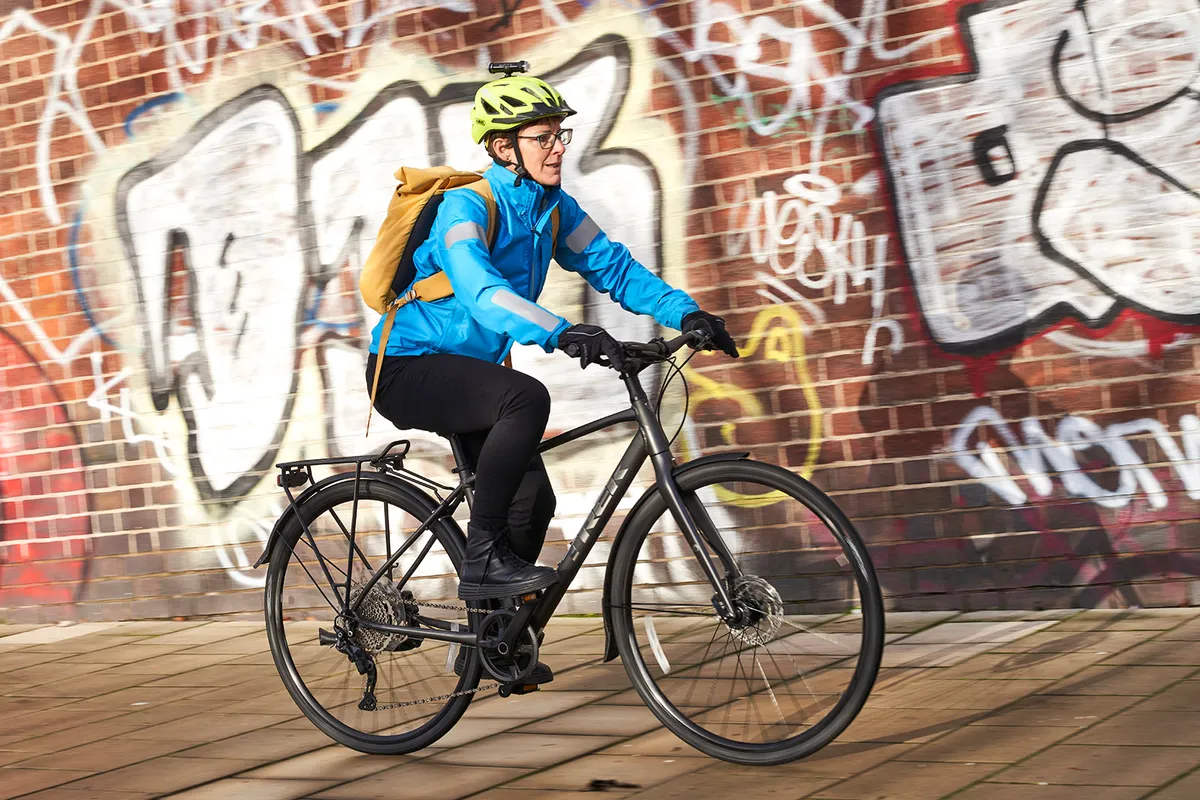
There are other alternatives to the Cycle to Work scheme that may be just as lucrative.
Choosing to buy a bike on finance will enable you to spread the cost of the bike in a similar manner to the Cycle to Work scheme.
It may even offer a more favourable contract because you can own the bike outright after 12 months rather than having to pay HMRC’s Fair Market Value price to own the bike or wait four years for the bike to be fully depreciated.
However, buying a bike on finance may mean you have to pay interest and any other fees.
What are the problems of the Cycle to Work scheme?
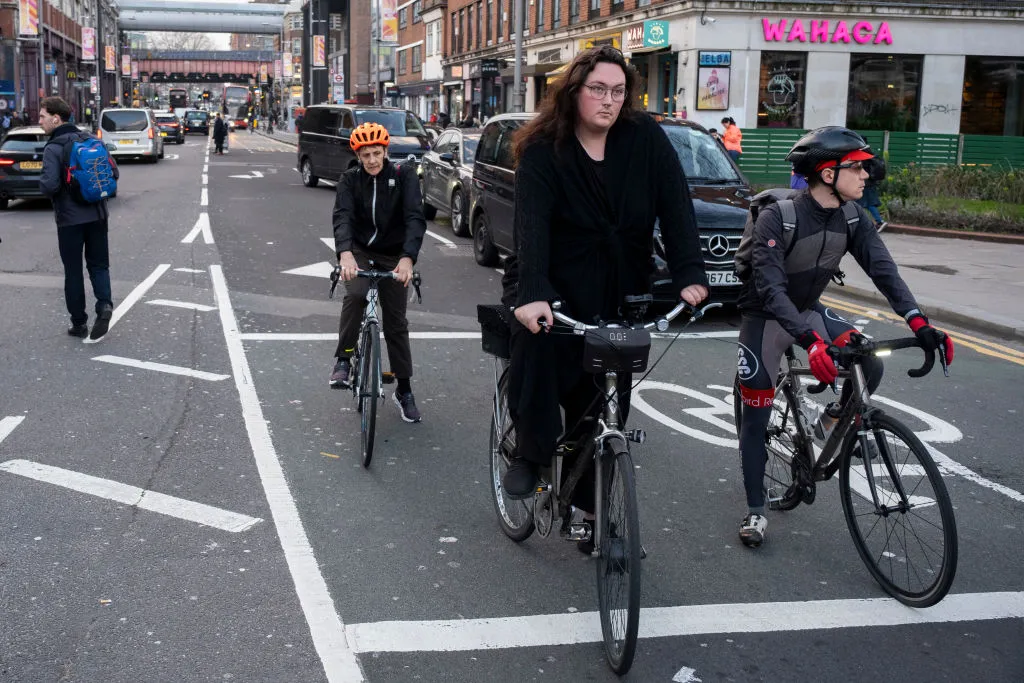
While the scheme provides good savings, you may be missing out on equal or better deals buying from bike shops and online retailers.
Many shops will only sell bikes at the recommended retail price due to fees associated with Cycle to Work vouchers.
If your employer sets a price limit for the voucher, you're somewhat limited in your bike choice and your savings.
Under most Cycle to Work schemes, you have to spend the value of the voucher in one go. This stops you from adding commuting accessories to your bike after buying it.

However, Gogeta, a new cycle scheme provider, is more flexible. Its voucher acts more like a gift card. You can make multiple purchases during the 12-month scheme until the balance runs out.
Another difference from the main providers is you can use a Gogeta voucher at different retailers.
When using the Cycle to Work scheme, it can be easy to overburden yourself. So make sure you only ‘hire’ a bike you can afford because you will be liable for the payments for the duration of the arrangement.
If you decide to leave your company, you’ll have to pay off the entire balance of the bike before leaving, and also the depreciated value of the bike if you want to keep it.
And as previously mentioned, self-employed people and those on the minimum wage are not eligible for the scheme. These are things the Cycle to Work Alliance (a group of scheme providers) and the Association of Cycle Traders, which represents 4,000 UK cycling retailers, are campaigning to change.
